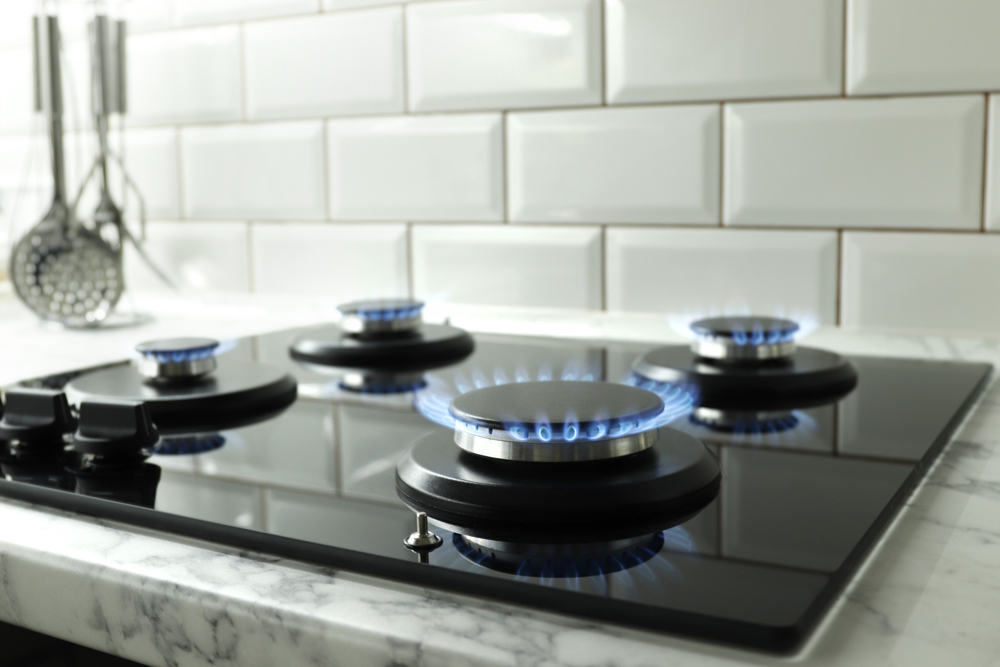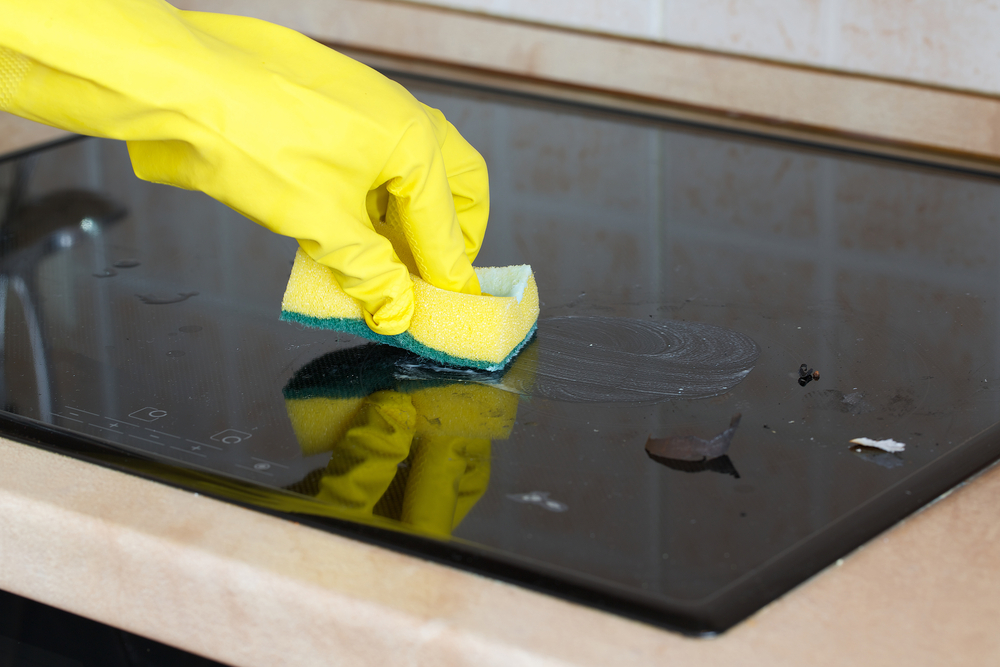Gas and Electric Stove : Which is Best for Kitchen?
Few home appliances seem more ubiquitous than gas and electric stove. The function is simple: generate controlled heat for food preparation. It is less easy to determine which cooking range is better for you and your home. Modern ranges provide a wide range of functions and styles.
Perhaps most crucial is the heat-producing component of the stove: a stove can use electric or gas induction or even a dual-fuel system to generate heat. There are many options available to homeowners today, but their differences are often subtle. Our guide to gas and electric stoves can assist you in figuring out which one is best for your requirements.
To find the best gas or electric stove, consider the requirements of your house, the style of cooking, and the style of cooking range that you like best.
Table of Contents
Gas and Electric Stove: Main Differences

The largest difference between gas and the electric stove is the power source. As the name suggests, a gas range connects to a gas line and operates by igniting combustible fuel to create a flame. Chefs prefer gas cooktops because the capability to instantly adjust flame size allows for faster, accurate temperature control.
On the other hand, electric cooktops require a dedicated 220-volt outlet to facilitate their higher electrical demands and run current through metal coils in the stove, making them heat. Electric cooktops cool and heat slower than gas stoves, making the electric hobs slower and more difficult to control. Like electric cooktops, induction stoves employ magnetic coils placed under a ceramic plate and can provide better temperature control. Induction stoves require magnetic pans to work.
Eventually, the power source type in your home can be the key aspect in figuring out the best option. Installing a gas line or an electric hookup isn’t always inexpensive, but homeowners often find it worthwhile because they already have these utilities available.
1. Look
Gas and electric ranges look mostly the same. Standard appliance sizes make it easy to plan a kitchen. Ranges and built-in ovens have sized accordingly. Both are available in various colors, styles, and finishes; however, how the hob works determine the hob’s appearance.
Gas stoves feature ceramic burner plates beneath metal grates. Pots are set on the metal grates to sit correctly over a flame. Most advanced electric ranges typically have a flat glass or ceramic top on heating coils. The cookware stands directly on the ceramic or glass surface. When heated, the surface glows bright red, alerting the user to the hot surface. Older electric stoves did not feature smooth glass or ceramic tops. However, they had heating coils that rose out of a metal surface and coiled where pans could be placed directly. As these surfaces are more difficult to clean and are perceived by some to be less stylish, the popularity of such electric hobs has waned.
2. Care and Maintenance

Maintenance is fairly straightforward for both gas and electric stoves. You must clean your stove once a month, regardless of your type of cooking range. To clean the surface, you can easily remove the gas stove’s ceramic and grate burner caps.
When food has burnt onto a glass or ceramic cooking surface, it can be difficult to clean. However, using a cooktop cleaner solution can make it easier to do. These individual surfaces are much easier and quicker to wash than the grates and lids, which are usually more complex.
More extensive maintenance will most likely need a pro technician, regardless of which oven you have, with repair costs comparable between both systems. One thing to note; A broken gas line can be a potentially dangerous situation as it releases flammable gas and, in the worst-case scenario, carbon monoxide into the air. Electric stoves do not have a similar gamble.
3. Installation
If you already have a gas-line or 220V outlet in your kitchen, setup can be as simple as bringing the new appliance into your house and plugging it into the power source. Things get more complicated if you do not have the required integrated circuit to plug and play. If you’re going electric, you will most likely need an electrician to install the system. You will encounter a similar problem when switching to gas as you will require a gas line going to your kitchen.
4. Costs
Generally, electric hobs are up to 15% cheaper to buy than gas stoves. Gas-fired ovens are moderately more effective to work and can save you money on your energy bills in the long run. Based on how much you cook, the difference in energy costs can be insignificant. However, costs can increase when you move from one facility to another and want to retrofit your home to accommodate the power source or new fuel.
As the name implies, dual-fuel systems contain both electric and gas-powered components. Typically, these systems are materially more expensive than either of the single options.
5. Resale value
Resale often depends on the condition of your oven. A survey held by the Energy Solutions Center concluded that houses with gas devices sell about 6% more than houses with electric stoves. A gas stove will likely offer more value in the long run if you ever plan to sell your house – particularly to the customers who love to cook.
Famous Brands of Gas and Electric Stove:
Of course, there is no ultimate ranking. However, some of the famous brands are as follows:
Final Words
When selecting a gas and electric stove for your home, sticking with the setup already in your home is always better. If you have a gas connection, get a gas oven. The cost of shifting to a new regime almost always exceeds the difference in the stove’s cost.
If you still have some queries feel free to visit Ownermanual.co. Here you will get the latest user manuals of almost all brand’s gas and electric stoves.